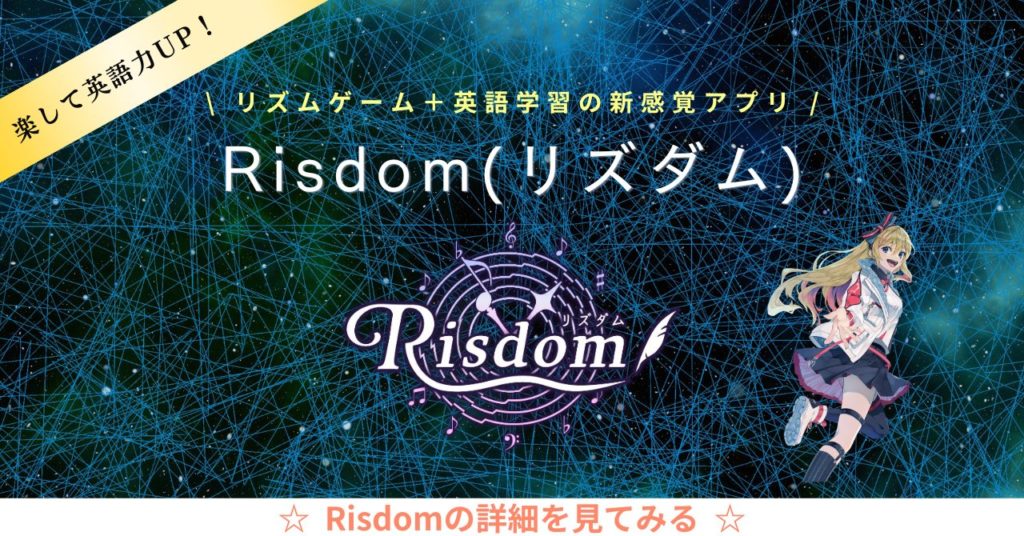啓林館 高1LANDMARK Lesson4 Part1の本文の日本語訳と重要箇所の解説です。
Lesson4-2, 4-3, 4-4の解説はこちらからご覧ください。
>高1LANDMARK Lesson4 Part2 本文和訳
>高1LANDMARK Lesson4 Part3 本文和訳
>高1LANDMARK Lesson4 Part4 本文和訳
- LANDMARK Lesson4 Part1 本文と日本語訳
- LANDMARK Lesson4 Part1 重要事項の解説
- Welcome to Yakushima! Thank you for joining our eco-tour.
- I am Suzuki Kenta, your tour guide.
- I am going to give you a short orientation before we start the tour.
- We will return to this office tomorrow evening.
- First of all, do you know what an “eco-tour” is?
- On eco-tours, people need to be more responsible for the environment.
- In other words, we need to be more careful not to damage the environment during the tour.
- Yakushima was registered as Japan’s first Natural World Heritage Site in 1993.
- Since then, the number of tourists has increased.
- We are very happy to have so many tourists, but this has caused some problems.
- For example, some tourists have stepped on fragile plants along the mountain paths.
- For this reason, I would like you to understand the meaning of “eco-tour.”
- LANDMARK Lesson4 Part1 まとめ
LANDMARK Lesson4 Part1 本文と日本語訳
Q1. What should we not do during an eco-tour?
「私たちはエコツアーの間何をすべきでないですか?」
Welcome to Yakushima! Thank you for joining our eco-tour.
「屋久島へようこそ!エコツアーご参加いただきありがとうございます。」
I am Suzuki Kenta, your tour guide.
「私はツアーガイドのスズキケンタです。」
I am going to give you a short orientation before we start the tour.
「ツアーを始める前に短いオリエンテーションを行います。」
We will return to this office tomorrow evening.
「明日の夕方にこのオフィスに戻ってきます。」
First of all, do you know what an “eco-tour” is?
「まず,『エコツアー』とは何か知っていますか?」
On eco-tours, people need to be more responsible for the environment.
「エコツアーでは,環境に対してより責任感を持つ必要があります。」
In other words, we need to be more careful not to damage the environment during the tour.
「言い換えれば,ツアーの間は環境に被害を与えないように,より注意する必要があるということです。」
Yakushima was registered as Japan’s first Natural World Heritage Site in 1993.
「屋久島は1993年に日本で最初の世界自然遺産として登録されました。」
Since then, the number of tourists has increased.
「それ以来,観光客の数は増え続けています。」
We are very happy to have so many tourists, but this has caused some problems.
「私たちはとても多くの観光客が来てとても嬉しいのですが,このことはいくつかの問題を引き起こしています。」
For example, some tourists have stepped on fragile plants along the mountain paths.
「例えば,一部の観光客が山の小道にあるひ弱な植物を踏んでしまっています。」
For this reason, I would like you to understand the meaning of “eco-tour.”
「こういった理由から,私はあなた方に『エコツアー』の意味を理解してほしいのです。」

LANDMARK Lesson4 Part1 重要事項の解説
Welcome to Yakushima! Thank you for joining our eco-tour.
“welcome to~”は「~へようこそ」という意味ですね。
“thank you for~”は「~してくれてありがとう」という重要表現で,“for”は前置詞なので“joining”と「動名詞」になっています。
“join”は「参加する」という動詞です。
“eco-tour”はそのまま「エコツアー」でOKです。
I am Suzuki Kenta, your tour guide.
“Suzuki Kenta”と“your tour guide”は「同格語」になります。“名詞,名詞”の並びは「同格語」の可能性が高いですよ!
“guide”は「案内人」という名詞ですが,今回はそのまま「ツアーガイド」としています。
I am going to give you a short orientation before we start the tour.
この文は「未来形」が使われていますね。
“give an orientation”で「オリエンテーションを行う」という意味で,“short”は「短い」という形容詞です。
“before”は「~の前に」という接続詞ですね。
We will return to this office tomorrow evening.
この文も「未来形」が使われていますね。
“return”は「戻る,を返す」という動詞で,“office”は「事務所,オフィス」という名詞です。
First of all, do you know what an “eco-tour” is?
“first of all”は「まず」という重要表現です。
また,この文は「間接疑問文」になっていますね。
On eco-tours, people need to be more responsible for the environment.
“need to 動詞の原形”は「~する必要がある」という重要表現です。
“responsible”は「責任がある」という形容詞で,ここでは「比較級」になっていますね。
“environment”は「環境」という名詞になります。
In other words, we need to be more careful not to damage the environment during the tour.
“in other words”は「言い換えると」という重要表現です。
“careful”は「注意深い」という形容詞で,ここでは「比較級」になっていますね。
“damage”は「被害を与える」という動詞で,“not to damage”は「不定詞の副詞的用法」の「否定形」になっています。
“during”は「~の間」という重要な前置詞です。
Yakushima was registered as Japan’s first Natural World Heritage Site in 1993.
この文は「受動態」になっていますね。
“register”は「を登録する」という動詞で,“as”は「~として」という前置詞です。
名詞に‘sを付けると「~の」という所有を表します。
直前の名詞が複数形のときは” teachers‘ “のようにアポストロフィーだけを最後に付けます。
“first”は「最初の」という形容詞で,“Natural World Heritage Site”は「世界自然遺産」です。
Since then, the number of tourists has increased.
“since then”は「それ以来」という意味です。
“the number of~”は「~の数」という重要表現になります。
また,この文は「現在完了」が使われていて,“increase”は「増加する」という動詞ですね。
We are very happy to have so many tourists, but this has caused some problems.
“to have”は「不定詞の副詞的用法」で,“so”は「とても」という副詞,“tourist”は「観光客」という名詞です。
また,この文でも「現在完了」が使われていて,“cause”は「を引き起こす」という動詞ですね。
“some”は「いくつかの」という形容詞で,“problem”は「問題」という名詞になります。
For example, some tourists have stepped on fragile plants along the mountain paths.
“for example”は「例えば」という重要表現です。
また,この文でも「現在完了」が使われていて,“step on~”は「を踏む」という意味になります。
“fragile”は「もろい,ひ弱な」という形容詞で,“plant”は「植物」,“path”は「小道」という名詞です。
“along”は「~に沿って,~の間に」といった前置詞になります。
For this reason, I would like you to understand the meaning of “eco-tour.”
“reason”は「理由」という名詞です。
“would like”は“want”と同じ「~が欲しい」という意味で,“would like 人 to 動詞の原形”で「人に~してほしい」という重要表現になります。
“understand”は「を理解する」という動詞で,“meaning”は「意味」という名詞です。
“of”は前置詞で,”A of B”の形で「BのA」というように後ろから前に訳します。
LANDMARK Lesson4 Part1 まとめ
以上がLANDMARK Lesson4 Part1の日本語訳となります。
「不定詞」「間接疑問文」などの作り方をしっかり確認しておきましょう!
>高1LANDMARK Lesson4 Part2 本文和訳
>高1LANDMARK Lesson4 Part3 本文和訳
>高1LANDMARK Lesson4 Part4 本文和訳
何か分からない点や他に解説してほしい点があれば,お気軽にコメントしてください!




コメント